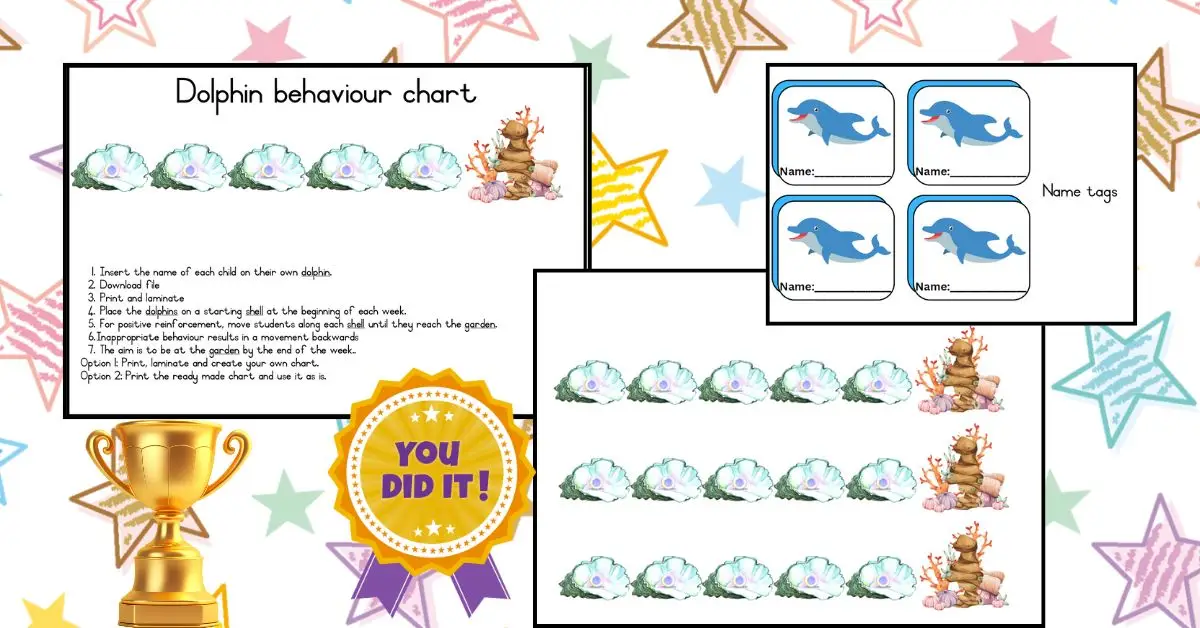Implementing a themed classroom requires thoughtful planning and creativity to ensure that it enhances both engagement and learning outcomes. Here’s a step-by-step guide to help you do it effectively:
1. Choose a Theme
· Select a theme that resonates with the subject matter, students’ interests, and grade level.
· Example themes: “Ancient Civilizations,” “STEM Explorers,” or “The Great Outdoors.”
2. Set Clear Objectives
· Identify what you want to achieve with the theme. For instance, improving student collaboration, fostering critical thinking, or deepening understanding of a particular topic.
3. Incorporate Visual Elements
· Decorate your classroom to reflect the theme. Use posters, bulletin boards, props, and interactive displays. For example:
- A rainforest theme might include green vines, animal cutouts, and a “nature sounds” corner.
- A space theme could feature constellations on the ceiling and a “mission control” station.
4. Align Lessons with the Theme
· Integrate the theme into daily lessons and activities. For example:
Math: Use “treasure maps” for geometry in a pirate-themed class.
Language: Write stories or essays that relate to the theme.
Science: Conduct experiments or demonstrations linked to the theme.
5. Plan Engaging Activities
· Design activities, games, or projects that immerse students in the theme.
Example: For a “Time Travelers” theme, let students create “diaries” from different historical eras or reenact key events.
6. Encourage Student Involvement
· Involve students in building the theme. They could help decorate, suggest activities, or even present themed projects to the class.
7. Use Cross-Disciplinary Approaches
· Expand the theme beyond one subject. For instance, a “World Cultures” theme can include geography, history, art, and music from various countries.
8. Evaluate and Adapt
· Regularly assess whether the theme is keeping students engaged and meeting learning goals. Adjust activities or add new elements to sustain interest.
Bonus Tips:
· Storytelling: Introduce the theme with a captivating story or mystery to set the tone.
· Rewards System: Offer theme-related incentives, such as “explorer badges” or “scientist certificates.”
· Technology Integration: Use digital tools like virtual field trips or interactive quizzes to enhance the theme.
A well-executed theme not only makes the classroom fun but also creates a cohesive learning experience.
Warning:
Every element of the theme should have a purpose. Decoration is not the main purpose. If it is does not have a clearly defined role to play in the classroom, then it should not be on display. Also, group the elements carefully so they form a cohesive set for example: language posters should be grouped together. To make a clear statement, often “less is more”.

